When it comes to shipping, the truth is that warehouse companies usually dislike receiving floor-loaded containers. Why? Because receiving goods on pallets is significantly easier, quicker, and safer than receiving floor-loaded containers. However, there are instances where floor stacking is the optimal package delivery method.
In light of this, familiarity with the difficulties associated with unloading floor-loaded containers is essential for those having to call the shots.
This article will help you make informed, carefully thought-out decisions for your business.
What Is Floor-Loaded Freight?
When cargo is floor-loaded, you can fill every available inch of the vehicle or container with individual pieces. Therefore, most fulfillment centers prefer palletized stock over floor-loaded shipments because of the reduced time and effort required to load and unload pallets.
Additionally, shipments of less than a full truckload need pallets because the use of the truck’s floor is for full truckloads only. There are other risks involved as well when shipping items on the floor.
For example, the goods in a floor-loaded container could shift and potentially bend or break during transport if the shipper didn’t properly fasten the boxes. There’s also the risk of water damage to items in direct contact with the container’s floor.
However, there are situations where cargo loaded from the floor is the best alternative. Floor-loading freight is one method that transport firms will occasionally utilize to maximize available container capacity and reduce per-item transportation expenses.
Challenges With Unloading Floor-Loaded Containers
Several logistics providers object to the cost of utilizing and emptying a floor-loaded container. If you’re curious to learn why here are four simple explanations:
Movement and Shifting during Transport
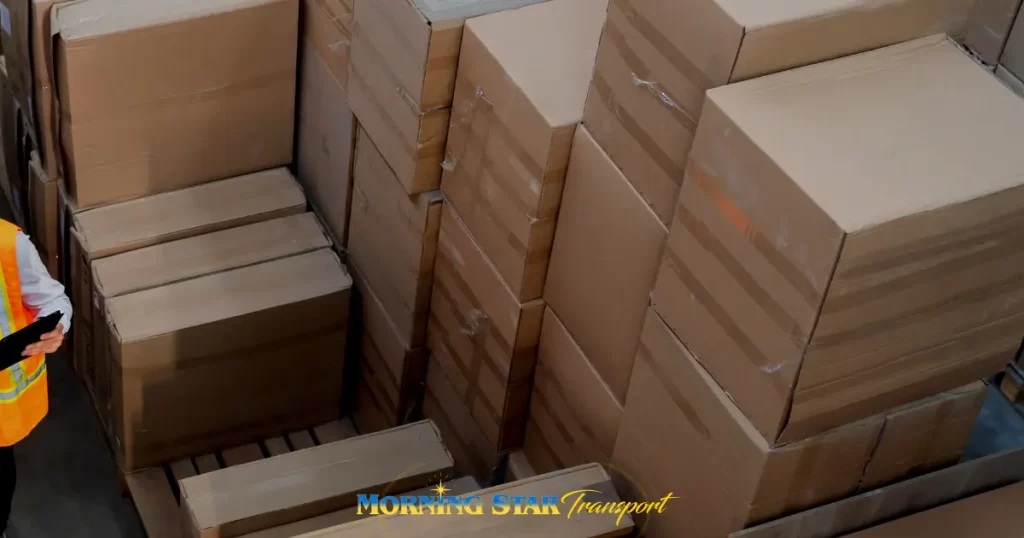
Transit can be challenging to navigate, especially regarding movement within the container. However, transportation is essential in moving items from one location to another. When freight is floor-loaded rather than palletized, it is far more likely to shift while transported.
Even if workers pack the contents neatly before departure, there is still a possibility that offloading will be more strenuous than necessary because items were not adequately secured.
Unlike palletized freight, floor loads are more likely to have quality concerns. Goods that incur damage may cause a delay in the receiving process because they may need repairs or entirely replaced upon arrival. If you need to return any items, it will increase wait times and potentially cost more in the long run.
Higher Risk of Falling Boxes or Cargo
Unstable cargo, such as loose boxes, can cause significant harm or even death if they happen to fall. Cargo placed on the floor requires extra care when handled by warehouse staff to prevent injuries. It’s risky for the reception staff to assist with unloading floor-loaded shipments because boxes could fall due to not being securely tied down.
In addition, injuries sustained by employees who lift or move boxes or other goods could result in understaffing and lengthy, costly lawsuits. There are various methods available to secure packages and other forms of freight.
Companies can use straps, chains, or other available measures to prevent the cargo from shifting. It’s crucial to be cautious of potential dangers when handling packages or freight of any kind.
Unloading Individual Objects One at a Time
Each pallet in a palletized container may hold tens or even hundreds of boxes, depending on size. These secure palettes make it possible to use equipment (i.e., pallet jacks, forklifts, reach trucks, etc.) to move large loads and save time easily. It’s the exact opposite for floor loads. Floor-loaded shipments require warehouse workers to unload each individual item, resulting in significantly more hours spent on the task.
Unloading large or heavy items may require more than one person per item due to OSHA’s maximum allowable weight for a single lift, which is 50 pounds. In addition to increased labor time, this route also raises the risk of sustaining injuries on the job.
Part of the frustration of working in a warehouse is the need to sort individual goods as they unload. Sorting might be a long and tedious chore if there are many packages to unpack. Be cautious not to damage any of the contents by ripping open the boxes. Labeling the containers can help keep better track of the contents.
Human vs. Forklift Loading
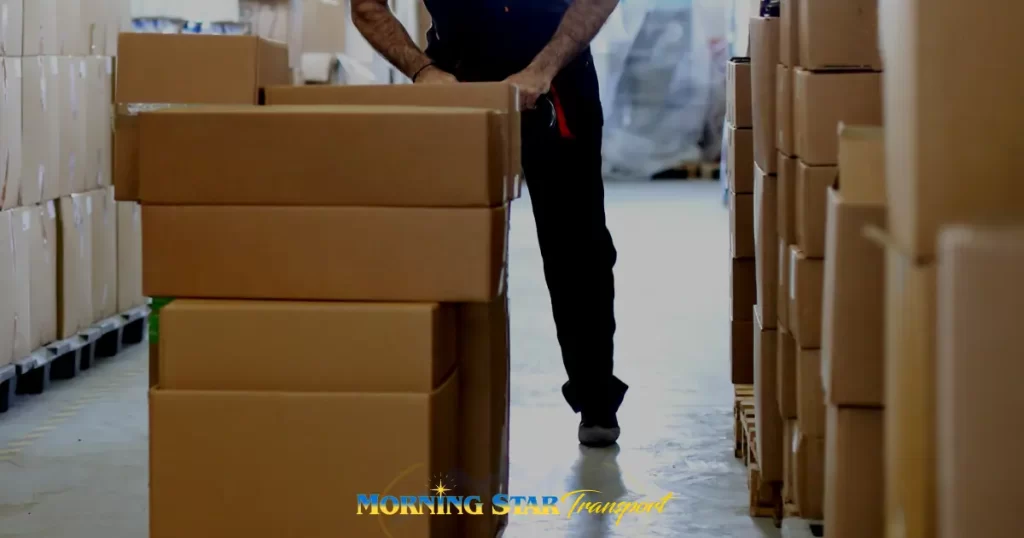
It takes more than muscle power to lift heavy objects successfully. Leverage, grip strength, and the object’s weight distribution are all additional considerations. For example, 20 regular pallets can fit in a 40-foot container.
The reception team at the warehouse can quickly unload the cargo container and return it to the port because they have access to tools such as forklifts. Palletization is an excellent approach for saving money on container transportation costs by avoiding detention fees and late fees that can be associated with floor loads.
Compared to the time-consuming operation of unloading cargo from the floor, the ability to use tools is a huge time saver. In addition, workers at the dock have to remove unpalletized boxes by hand, which is more effort, risk, and higher cost.
Lifting Techniques and Safety Instruction
One of the most important things workers can do to ensure their safety on the job is to undergo mandatory safety training. It is much easier for workers to identify and avoid potential dangers in the workplace if they have proper safety training.
Safety training instructs workers on effectively handling an emergency and using safety gear if needed. Employees learn proper techniques for lifting and transporting items of diverse shapes and sizes and how to conduct themselves in the case of an accident.
As an employer, it is your job to attain and provide the properly certified training content and enforce it among your staff. You might assume that only those who work in warehouses or the trades need training in safe lifting but think of the last time someone in the office unloaded a box of paper towels or a case of printer paper. Most people in your office may end up unloading a box on the clock. It is ideal for educating all of your employees on box-handling procedures.
Injury can occur from incorrect lifting or falling, among many other potential risks. Therefore, employees who frequently move big or bulky things should be at the top of the training priority list.
Costs Associated With Unloading Floor-Loads
Given the time and effort required, the price of receiving a floor-loaded product can easily double or triple that of a palletized container load. Only send floor-loaded shipments to a 3PL after requesting a quote for receiving the goods without pallets.
Your 3PL may not be able to provide an exact price for floor-loaded shipments because of the high degree of variability in such shipments. However, they should be able to provide you with an estimated approximate range to assist you with your budgeting.
The freight stack method, size, and weight of the items you send will determine your shipping charges. Using a smaller number of containers for transport would save on shipping costs, balancing any increases in receiving prices. However, not all suppliers offer palletized delivery; some can only accommodate floor-loaded cargo. Be sure to inquire about the services your shipper and receiver provide to ensure a smooth shipment process.
How Morning Star Transport LLC Handles These Challenges
The services provided by Morning Star Transport LLC go well beyond simple pick-and-pack fulfillment. Together with our clients, we begin supply chain optimization at the factory.
Steps may entail switching to a lightbox to cut down on shipping costs or upgrading to tougher packaging to avoid needing an over box. We also collaborate with you to choose the most efficient means of transporting your goods to our warehouse facilities.
Feel free to contact us anytime with inquiries regarding freight shipment options or any other facet of fulfillment. If you need assistance, our skilled fulfillment team is standing by!
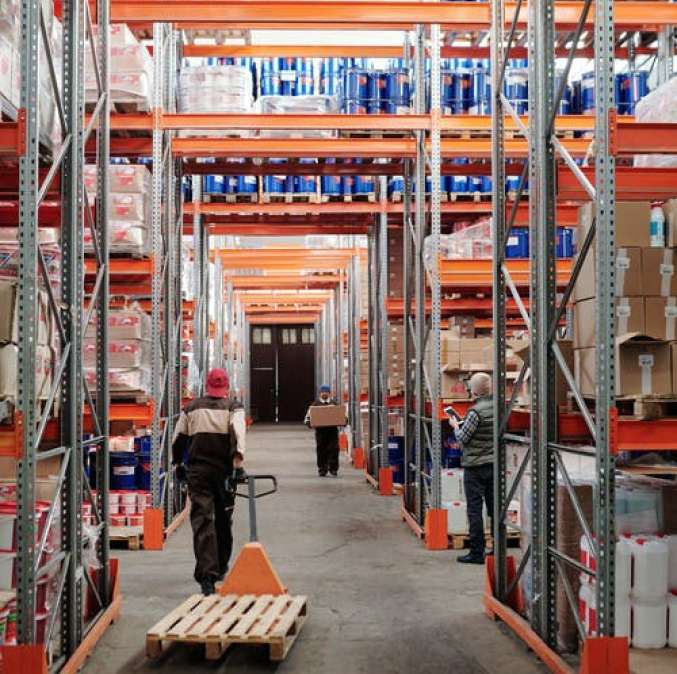

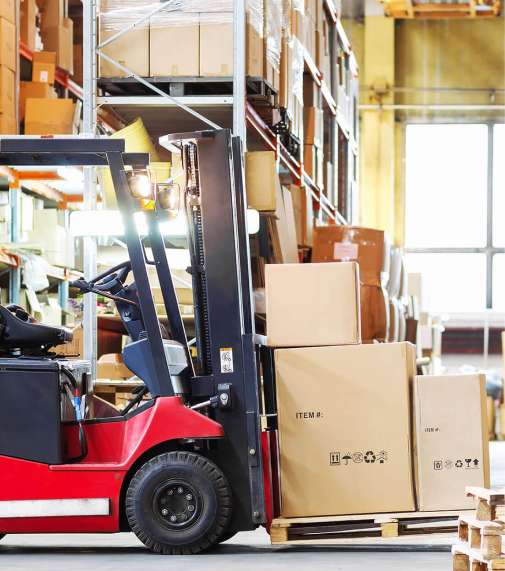
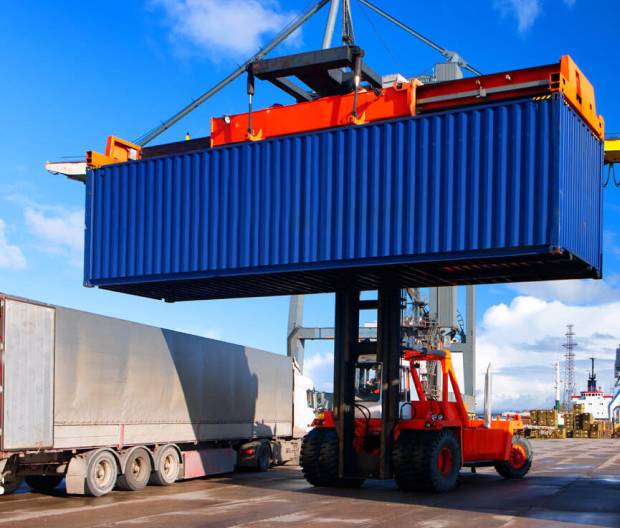


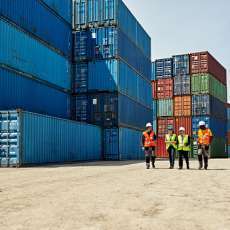


 iMedPages
iMedPages